What Do My (Online) Friends Think? A Topic Modeling Approach to
Por um escritor misterioso
Descrição
Approximately 17% of adolescents and young adults will engage in non-suicidal self-injury (NSSI) at least once in their lifetime, leading the World Health Organization to identify self-injury as one of the top five public health concerns for adolescents. Despite the widespread prevalence of this behavior, NSSI continues to be heavily stigmatized in both medical and community settings, deterring many engaged in NSSI from seeking informal support from friends and family as well as formal psychological or psychiatric treatment. In contrast to the low rates of in-person help-seeking for NSSI, online support groups are highly utilized by those engaged in NSSI. Thus, an empirical study of responses to frequent, voluntary disclosure of NSSI on social media is needed to better understand how these communities meet the needs of those who self-injure.
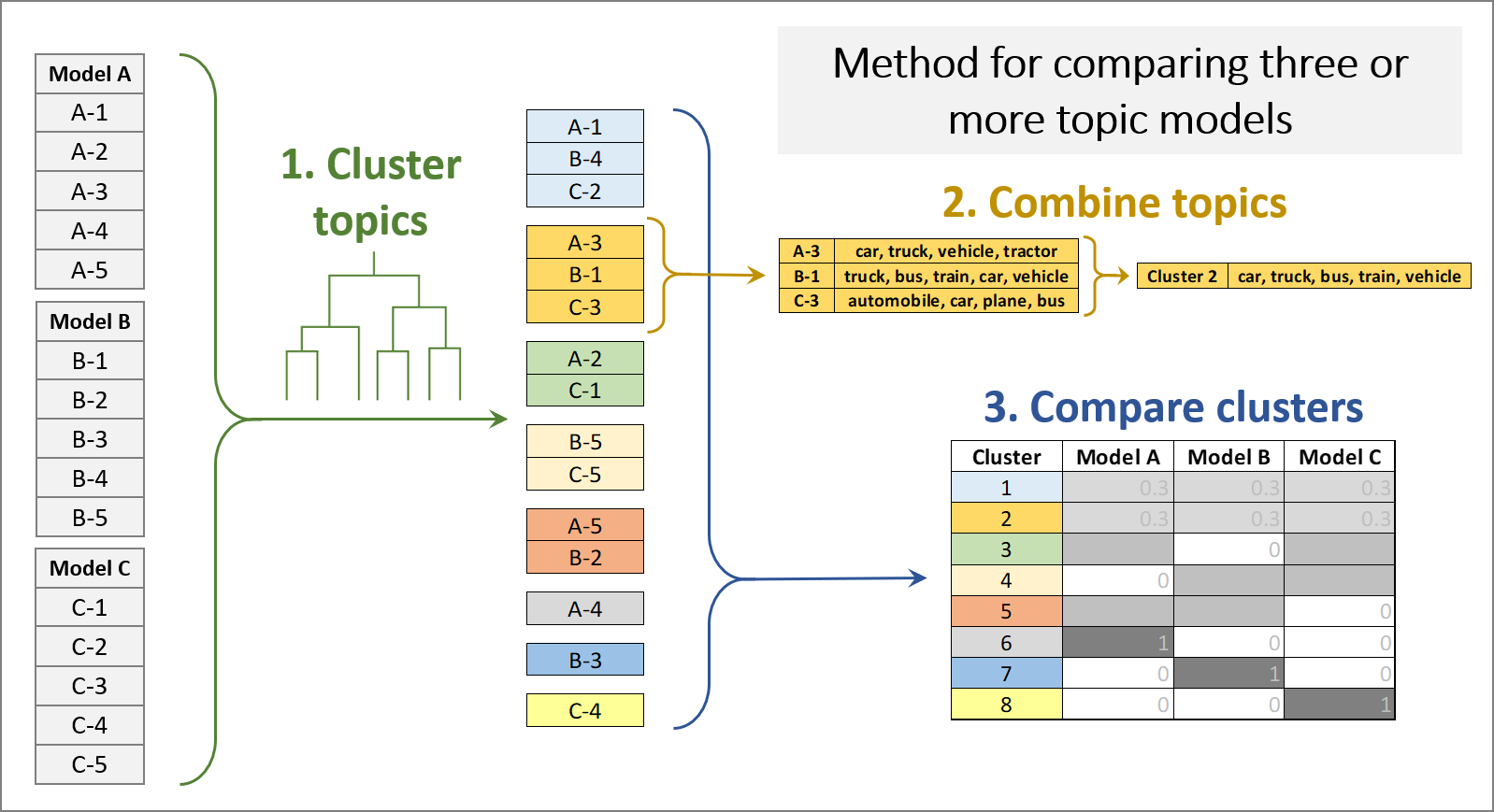
Qualitative evaluation of topic models: a methodological offering
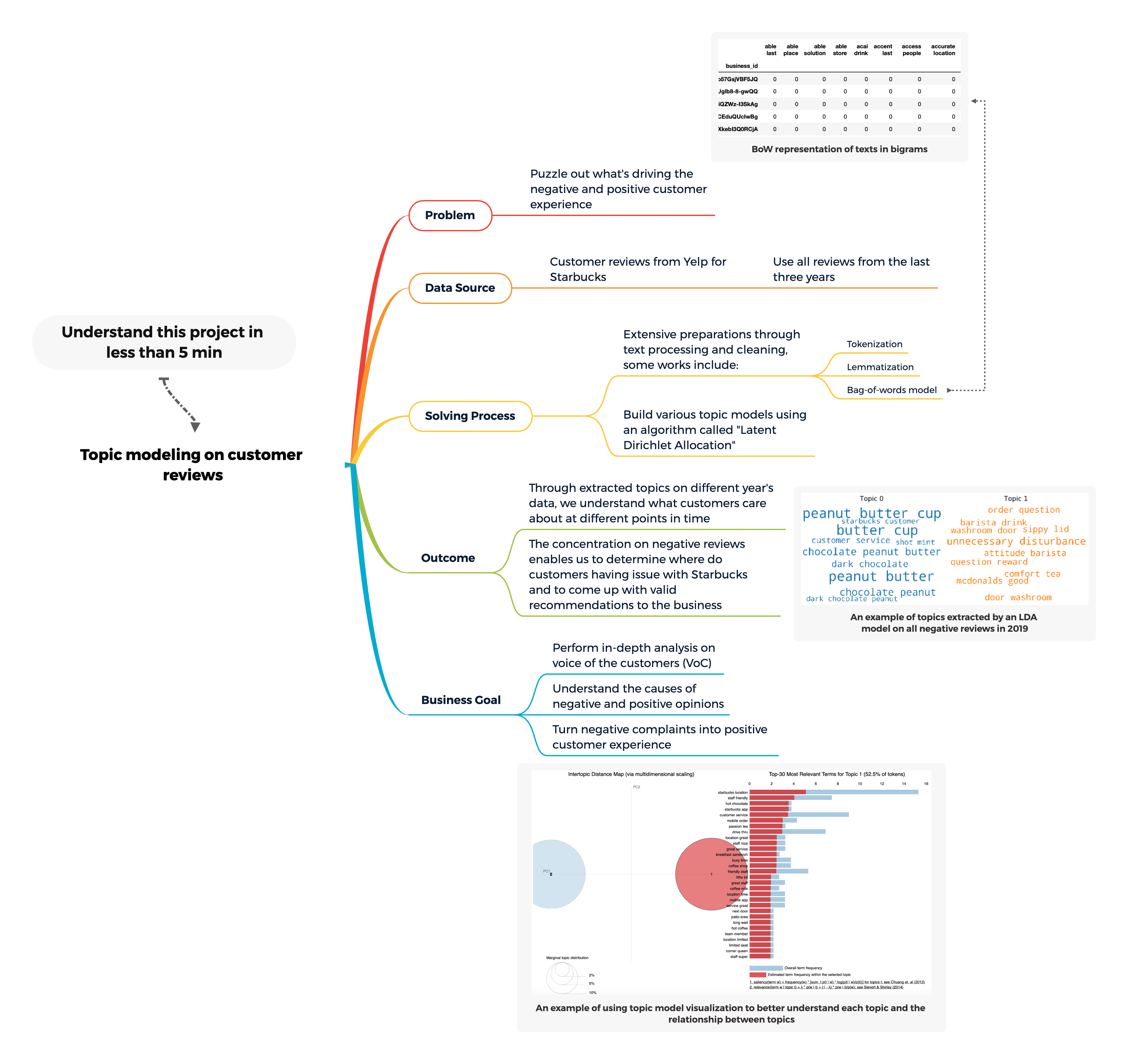
Topic Modelling - Analyze Customer Complaints for Better Product Design and Customer Service - OnlyAdam's
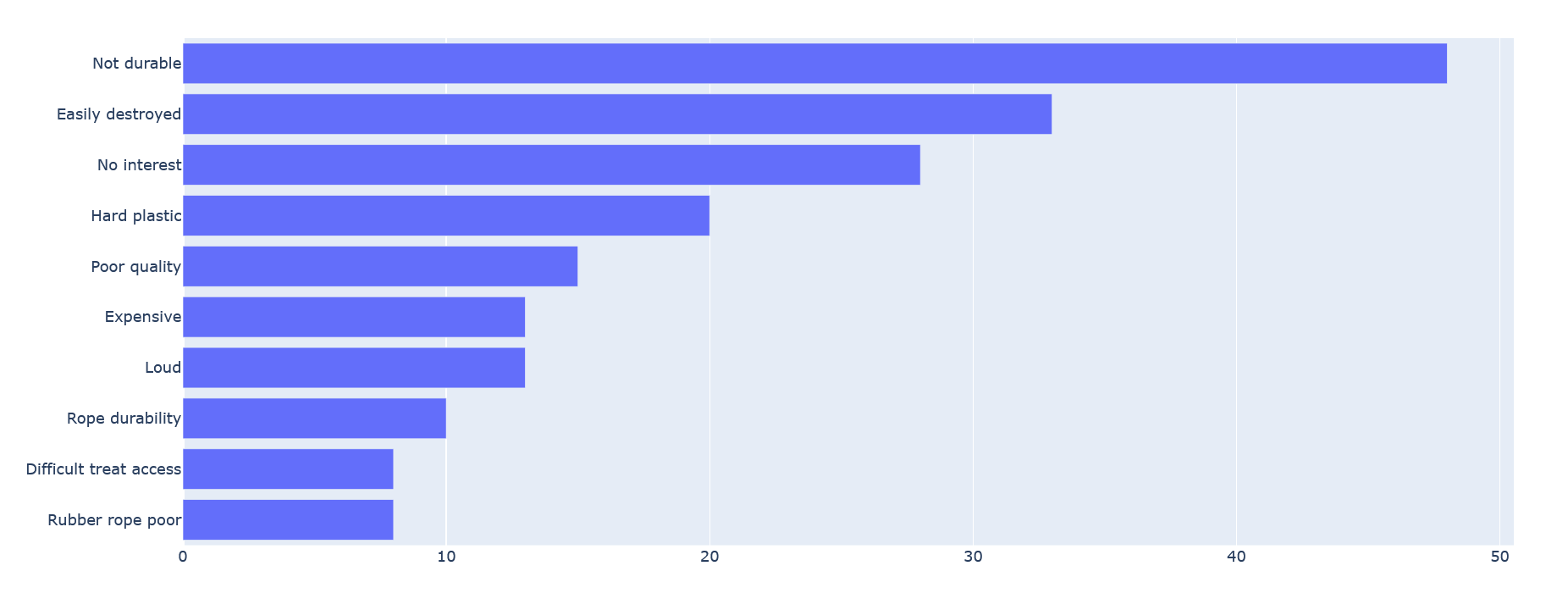
Using ChatGPT for Topic Modelling and Analysis of Customer Feedback – ClearPeaks Blog
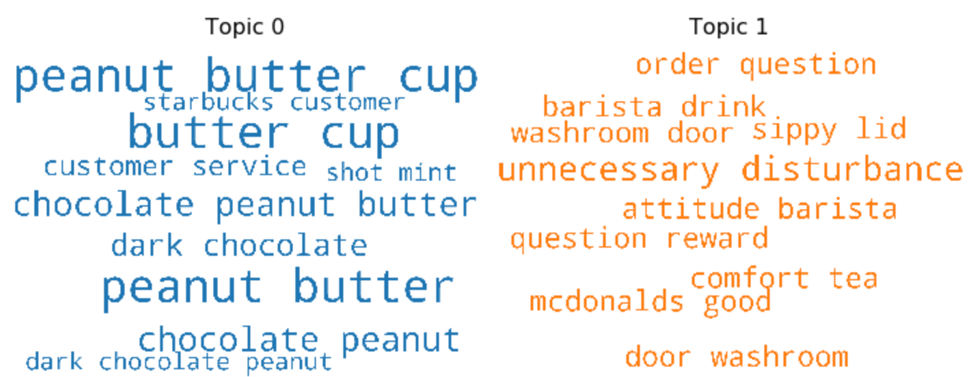
Topic Modelling - Analyze Customer Complaints for Better Product Design and Customer Service - OnlyAdam's
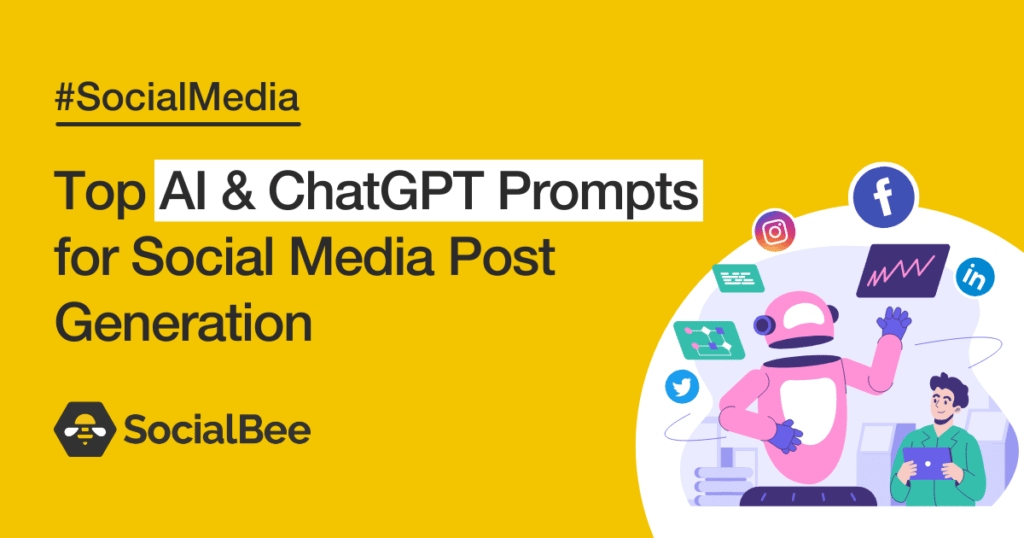
1000+ AI & ChatGPT Prompts for Social Media Post Generation - SocialBee
.png)
What Is Topic Modeling? A Beginner's Guide

How to Make Topic Models Interpretable: 3 New Ideas, by Ramya Balakrishnan

Making sense of topic models. Topic models can produce clusters of…, by Patrick van Kessel, Pew Research Center: Decoded

Topic Modelling - Analyze Customer Complaints for Better Product Design and Customer Service - OnlyAdam's
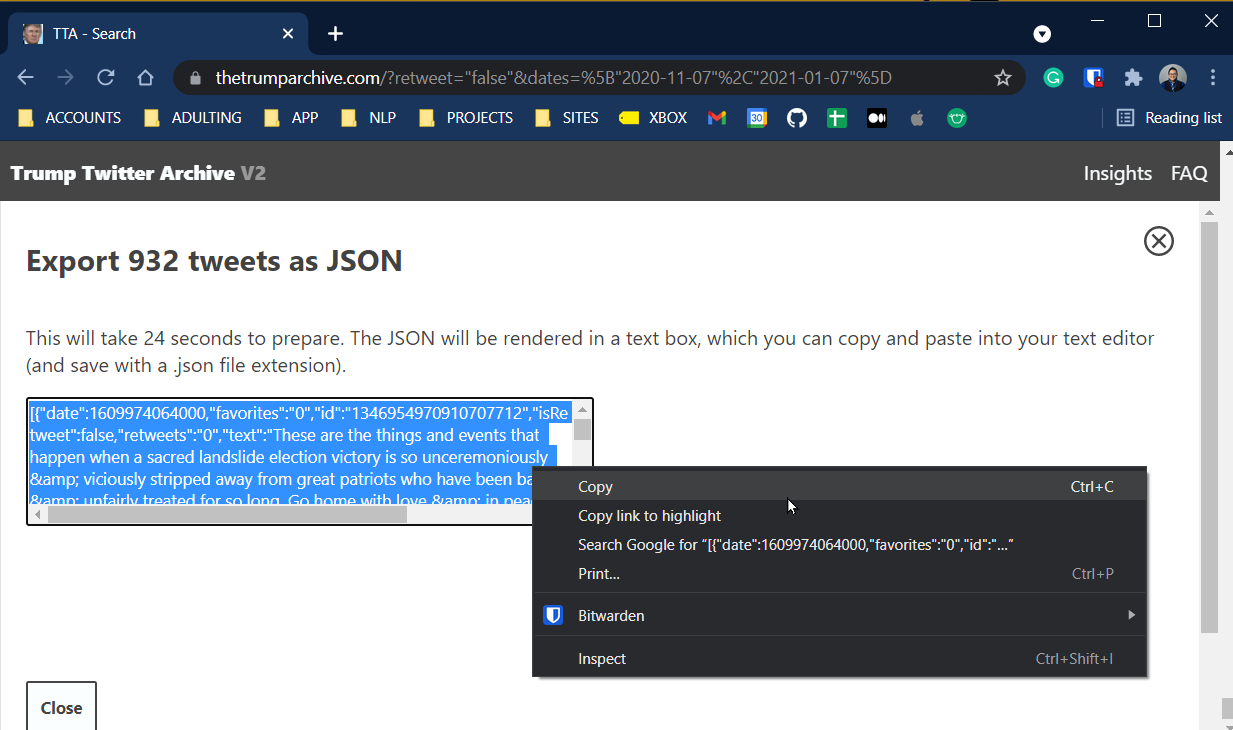
Topic Modeling for Social Media Posts and Reviews

How to Make Topic Models Interpretable: 3 New Ideas, by Ramya Balakrishnan

Topic Modeling Square Corner Blog
de
por adulto (o preço varia de acordo com o tamanho do grupo)


